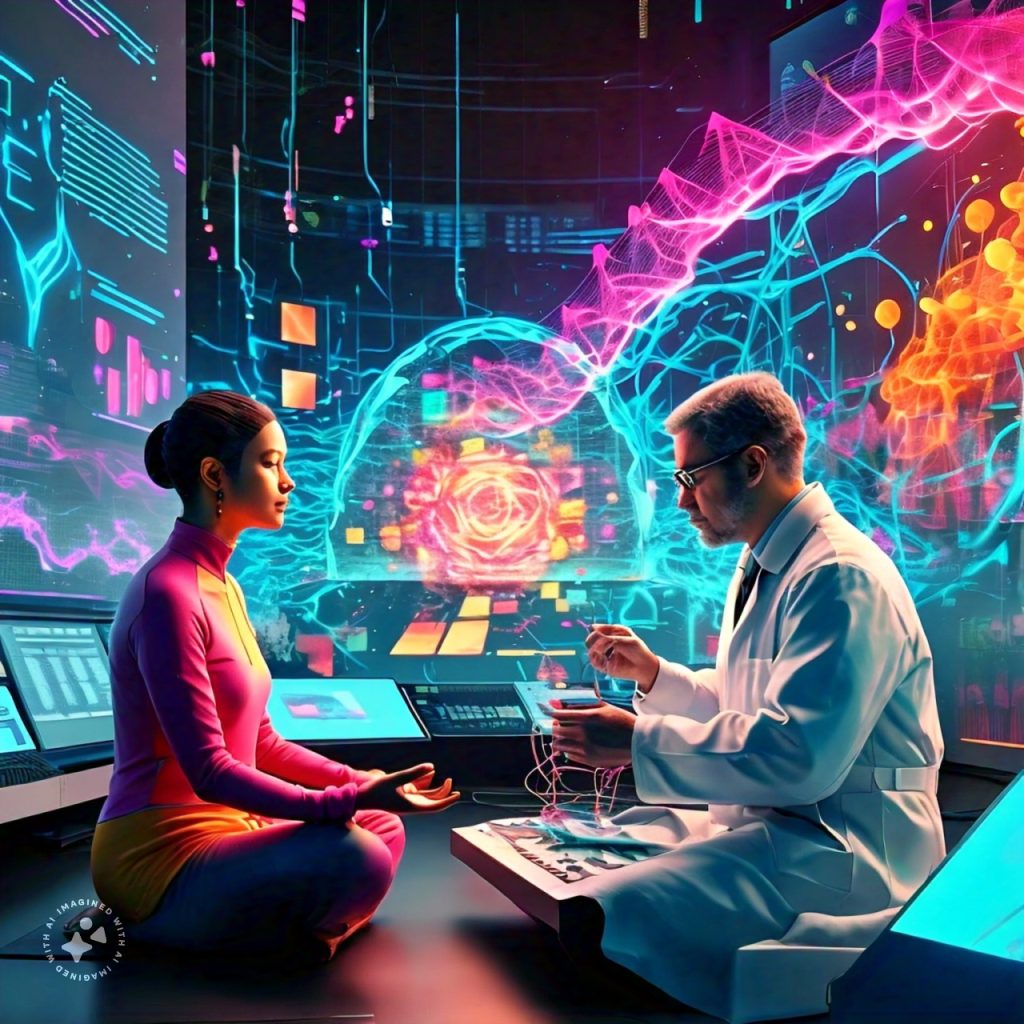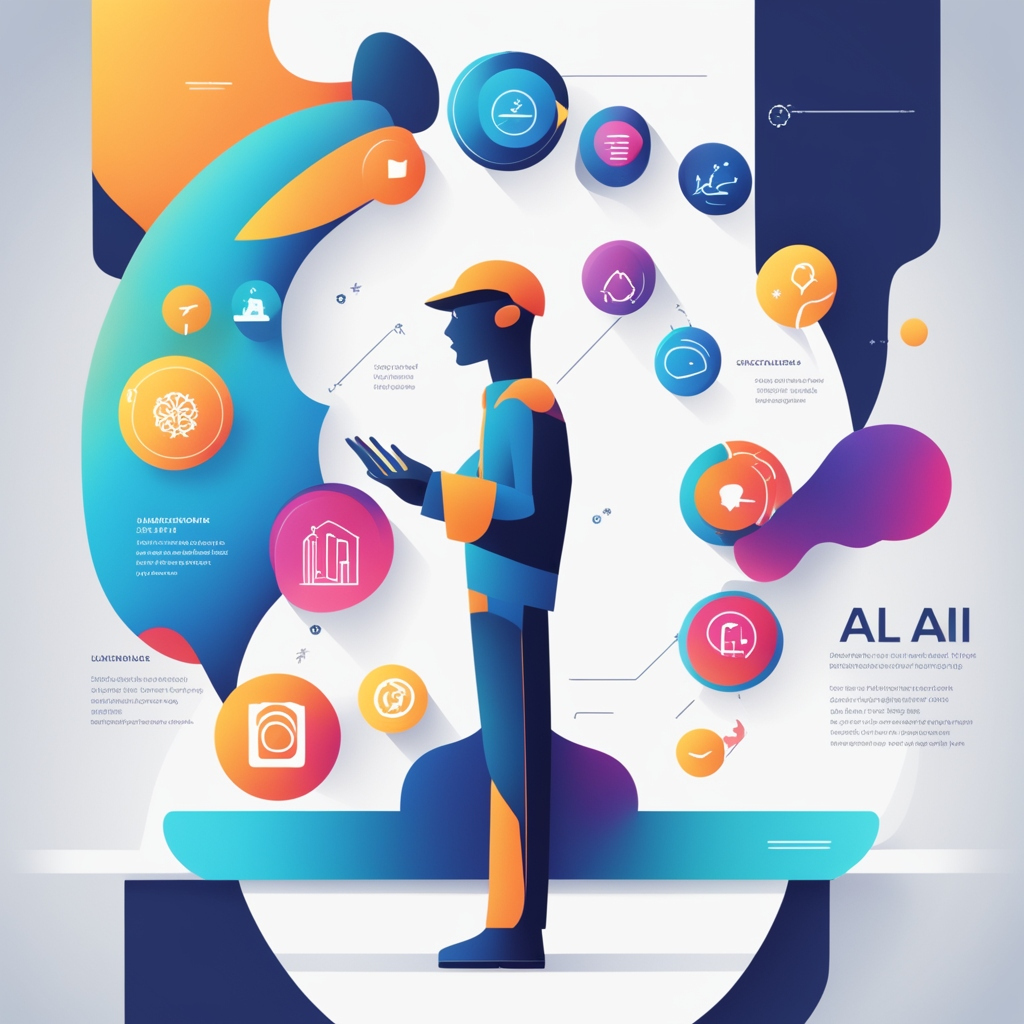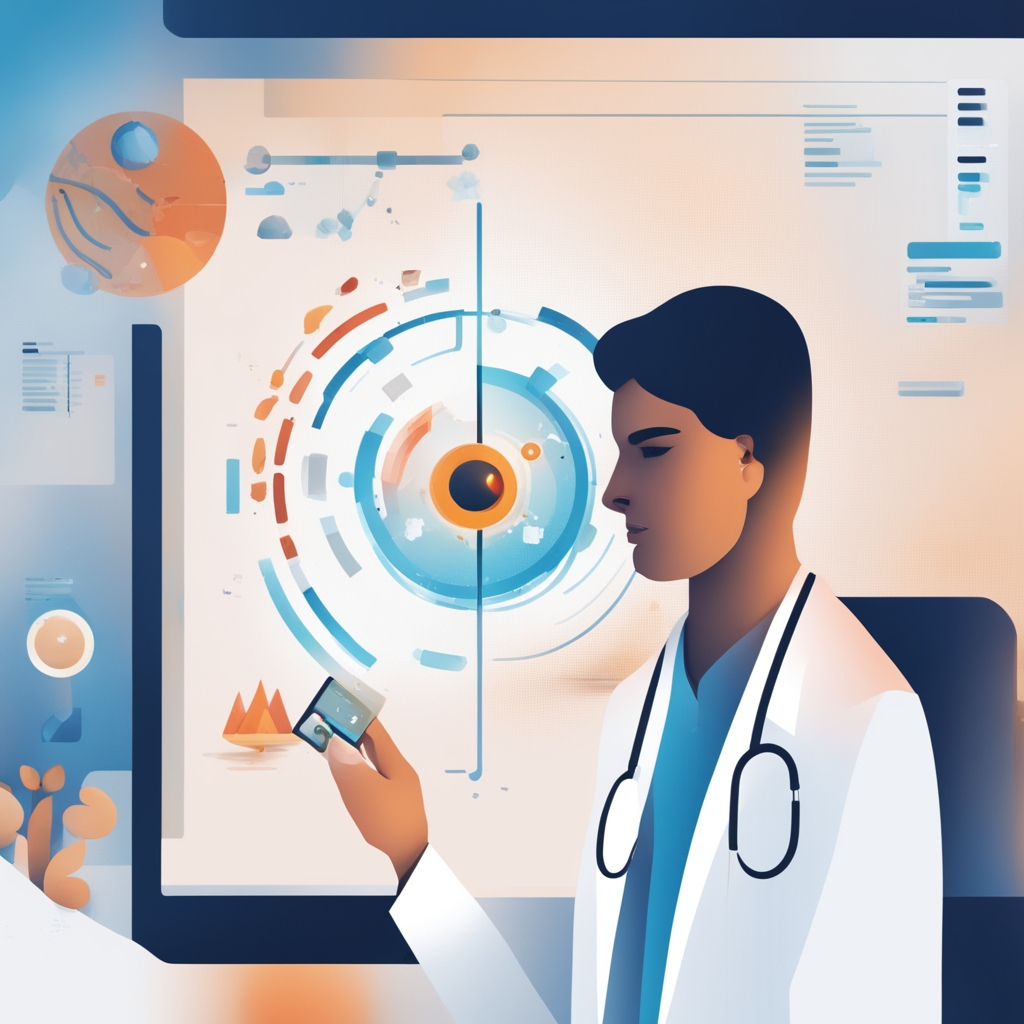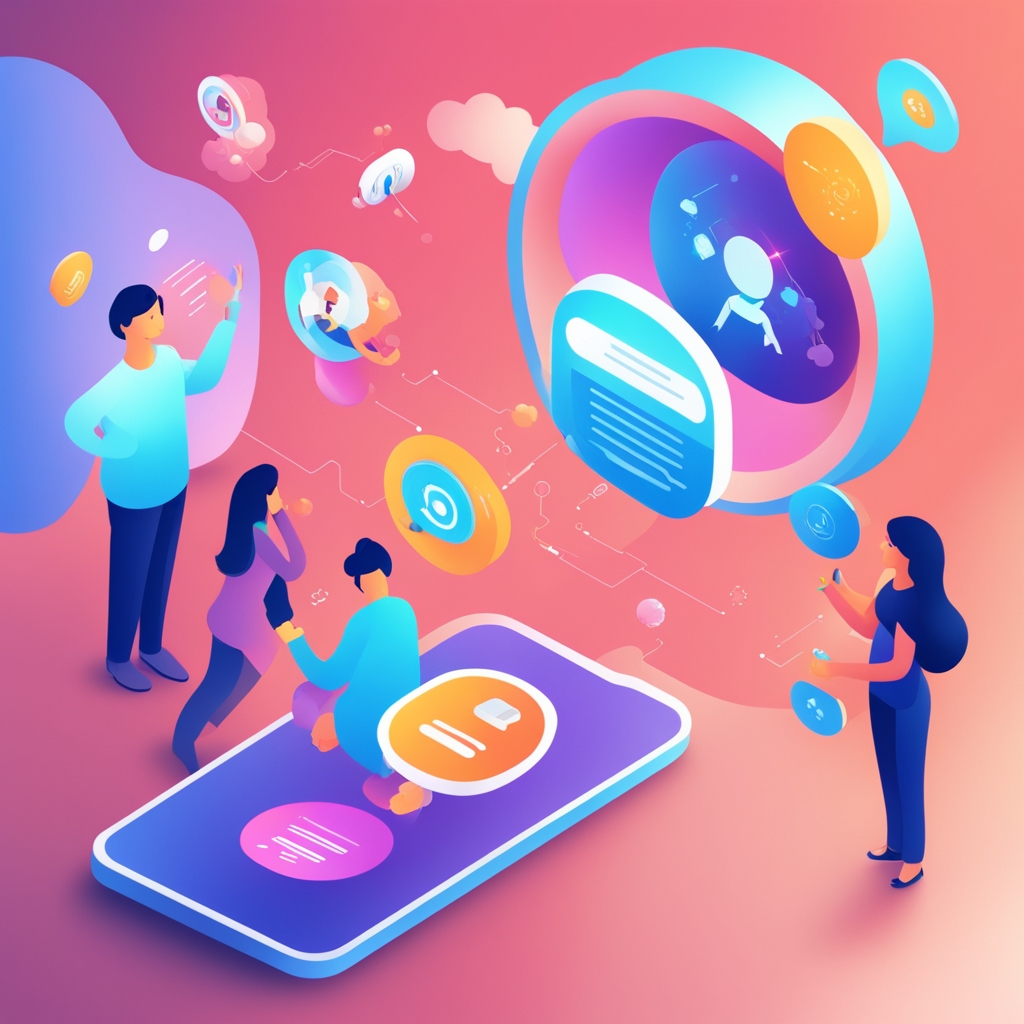Generative AI, a cutting-edge technology, has revolutionized various industries by enabling machines to create content that resembles human-generated work. It encompasses a wide range of applications, from text generation to image synthesis and even music composition. After mastering generative AI, individuals can pursue exciting job roles in fields such as artificial intelligence research, data science, and creative industries. The ever-expanding applications of generative AI promise a bright future for those who master this technology, offering opportunities to shape how we interact and create content in the digital age.
Understanding
What is Generative AI?
Generative AI refers to systems that can generate new content, from text and images to music and videos, that mimic human creativity. This is achieved using advanced algorithms, particularly neural networks such as Generative Adversarial Networks (GANs) and Variational Autoencoders (VAEs). These models learn from vast amounts of data and then create new, similar content, offering a multitude of applications across various fields.
Key Technologies in Generative AI
- Generative Adversarial Networks (GANs): GANs consist of two neural networks, a generator and a discriminator, which work together to produce realistic content. The generator creates new data, while the discriminator evaluates its authenticity, leading to progressively improved results.
- Variational Autoencoders (VAEs): VAEs are used for generating new data points by learning the underlying distribution of a dataset. They are particularly effective in tasks like image synthesis and anomaly detection.
- Transformer Models: These models, like GPT-3 and BERT, have revolutionized text generation by understanding and generating human-like text. They are used in applications ranging from chatbots to content creation.
Generative AI Applications
Generative AI finds its applications in diverse fields:
- Text Generation: From generating articles and reports to creating chatbot responses, generative AI models like GPT-3 are extensively used in natural language processing tasks.
- Image Synthesis: Tools like MidJourney and DALL-E generate stunning visuals based on textual descriptions, pushing the boundaries of creativity in digital art and design.
- Music Composition: AI systems can now compose original music, offering new avenues for artists and creators.
- Data Augmentation: Generative AI helps in creating synthetic data to augment training datasets, improving the performance of machine learning models.
Exploring the Impact
Transforming Industries
- Creative Industries:
- Art and Design: AI-powered tools like Stability AI and Night Cafe AI enable artists to create intricate designs and artworks effortlessly. These tools analyze existing artworks and generate new pieces that retain the style and essence of the originals.
- Content Creation: Writers and marketers use generative AI to draft articles, create marketing copy, and even script videos. This not only speeds up the content creation process but also ensures a high degree of personalization.
- Entertainment:
- Film and Animation: Generative AI aids in creating realistic CGI characters and environments, reducing the time and cost involved in production.
- Music and Sound Design: AI-generated music and sound effects are being integrated into films, games, and other media, offering unique auditory experiences.
- Healthcare:
- Drug Discovery: Generative models help in designing new molecules for drugs, accelerating the discovery process and reducing costs.
- Medical Imaging: AI enhances the analysis of medical images, improving the accuracy of diagnoses and treatments.
- Finance:
- Algorithmic Trading: It’s models predict market trends and generate trading strategies, optimizing investment decisions.
- Fraud Detection: AI systems detect and prevent fraudulent activities by analyzing transaction patterns and generating alerts for suspicious activities.
Generative AI in Action: Examples
- MidJourney Artificial Intelligence: This tool allows users to create high-quality digital art using AI algorithms. It has democratized access to creative tools, enabling anyone to become an artist.
- DALL-E by OpenAI: DALL-E generates images from textual descriptions, allowing for unprecedented creativity in image synthesis. It’s a prime example of how AI can translate abstract ideas into visual art.
- Stability AI and Night Cafe AI: These platforms offer powerful tools for artists to create and share their work, leveraging the capabilities of generative AI to push creative boundaries.
Career Opportunities in Generative AI
The rise of generative AI has opened up numerous career paths across various industries. Here are some of the top job roles for those looking to build a career in this exciting field:
AI Researcher
As an AI researcher, you’ll delve deep into the development of advanced generative models. This role involves:
- Developing New Algorithms: Innovating and refining algorithms to improve the efficiency and effectiveness of generative AI systems.
- Conducting Experiments: Designing and conducting experiments to test the performance of new models.
- Publishing Findings: Sharing research findings through papers and conferences to contribute to the scientific community.
Data Scientist
Data scientists use generative AI to extract valuable insights from data. Key responsibilities include:
- Data Analysis: Analyzing large datasets to uncover patterns and trends.
- Model Development: Building and deploying generative models to solve specific business problems.
- Visualization: Creating visualizations to communicate findings effectively.
Content Creator
It is revolutionizing the content creation industry. As a content creator, you’ll:
- Generate Content: Use AI tools to generate articles, videos, and other forms of content.
- Enhance Creativity: Leverage AI to enhance your creative process, generating new ideas and concepts.
- Optimize Workflows: Streamline the content creation process, reducing time and effort.
AI Ethics Consultant
With the rise of AI-generated content, ethical considerations have become paramount. AI ethics consultants focus on:
- Ethical Analysis: Assessing the ethical implications of AI technologies and their impact on society.
- Policy Development: Developing policies and guidelines to ensure the responsible use of AI.
- Education and Advocacy: Educating stakeholders about the ethical use of AI and advocating for best practices.
The Future of Generative AI
It’s holds immense potential for the future, with ever-expanding applications and opportunities. As the technology evolves, we can expect:
Enhanced Creativity and Personalization
It will continue to enhance creativity across various domains, from art and design to marketing and entertainment. Personalized content creation will become more sophisticated, providing tailored experiences for users.
Integration with Other Technologies
The integration of generative AI with other emerging technologies, such as augmented reality (AR) and virtual reality (VR), will open up new possibilities for immersive experiences. This convergence will revolutionize how we interact with digital content.
Advancements in Healthcare
Generative AI will play a crucial role in advancing healthcare, from drug discovery to personalized medicine. AI-generated models will improve the accuracy of medical diagnoses and treatments, leading to better patient outcomes.
Ethical and Regulatory Developments
As generative AI becomes more prevalent, ethical and regulatory frameworks will evolve to address the challenges and risks associated with AI-generated content. Ensuring the responsible use of AI will be paramount to maintaining public trust and safety.
Conclusion
Generative AI is a transformative technology that has revolutionized various industries by enabling machines to create content that mimics human creativity. From text generation and image synthesis to music composition, the applications of generative AI are vast and varied. Mastering this technology opens up exciting career opportunities in fields such as AI research, data science, content creation, and AI ethics.
The future of generative AI is bright, with advancements in creativity, personalization, and integration with other technologies on the horizon. As we navigate the ethical and regulatory challenges, it’s promises to shape how we interact with and create content in the digital age.
Best Article of Owasoft Technologies
Demystifying DevOps: A Comprehensive Guide to Streamlining Software Development




